Home>Articles>What Kind Of Insulation Is Best For Soundproofing
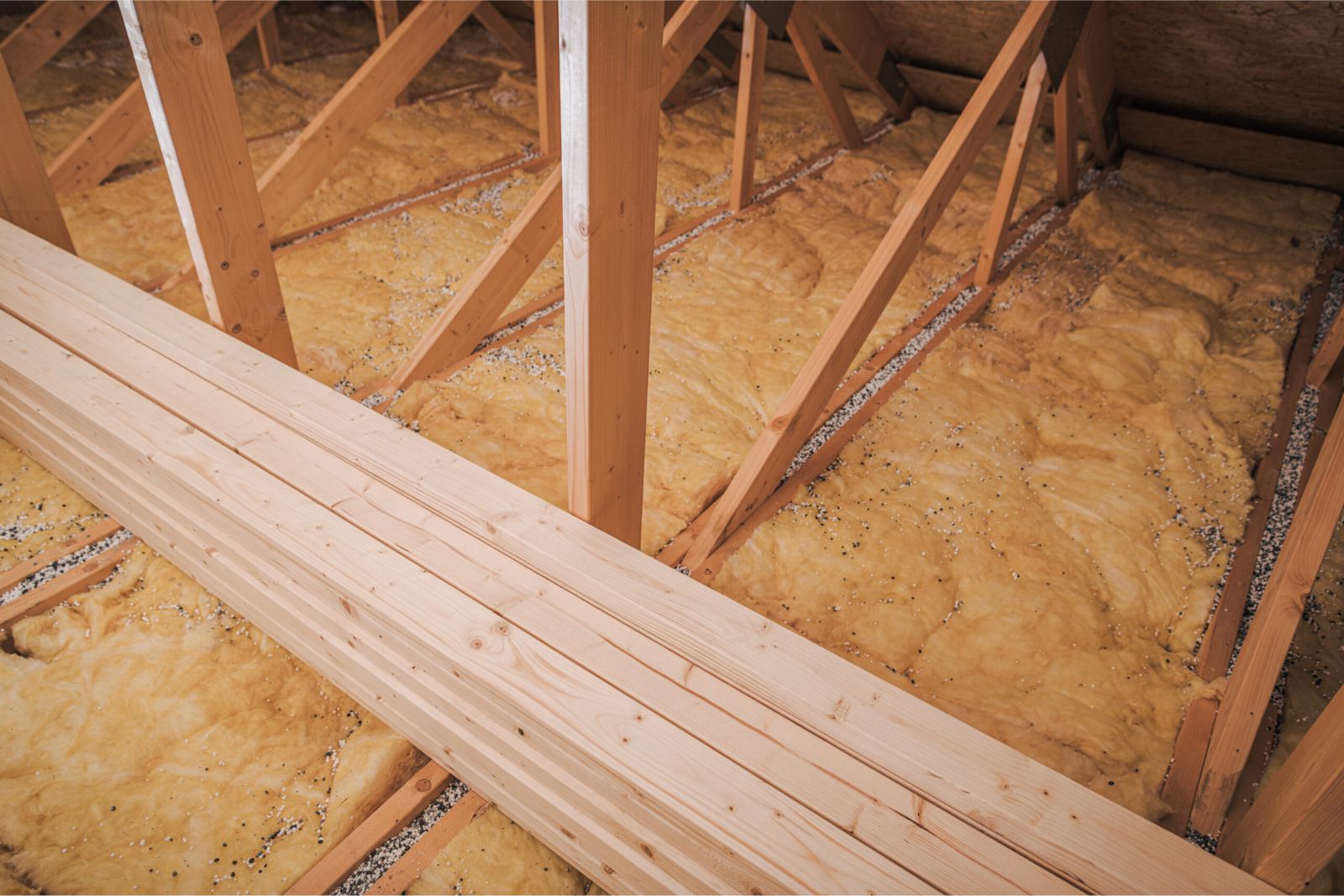

Articles
What Kind Of Insulation Is Best For Soundproofing
Modified: February 23, 2024
Discover the best insulation for soundproofing in this informative article. Learn about different types of insulation and their effectiveness in reducing noise.
(Many of the links in this article redirect to a specific reviewed product. Your purchase of these products through affiliate links helps to generate commission for Storables.com, at no extra cost. Learn more)
Introduction
When it comes to creating a peaceful and quiet environment, soundproofing is essential. Whether you live in a busy urban area, have noisy neighbors, or work in a loud office, soundproofing can help reduce unwanted noise and improve your quality of life. One of the most effective ways to soundproof a space is through insulation.
Insulation not only helps regulate temperature but also acts as a barrier to block sound transmission. Choosing the right type of insulation is crucial to achieve the desired level of soundproofing. In this article, we will explore the various types of insulation available and discuss which is best for soundproofing.
Before diving into the different types of insulation, it’s important to understand the basics of soundproofing. Soundproofing involves adding materials to a space to absorb, dampen, and block sound waves, preventing them from entering or escaping the area. The goal is to create a sound barrier that reduces unwanted noise and enhances the acoustics of the space.
When considering soundproofing, there are several factors to take into account. First, you need to identify the source of the noise. Is it external noise from traffic or neighbors, or is it internal noise from appliances or conversation? Understanding the source helps determine the best approach for soundproofing.
The next factor to consider is the frequency of the noise. Certain materials and insulation options are better at dampening high-frequency sounds, while others excel at reducing low-frequency sounds. It’s important to choose an insulation material that effectively addresses the specific frequency range of the noise you’re trying to block.
Additionally, the level of sound reduction required should be considered. Some situations may require complete soundproofing, while others may require a minimal reduction in noise levels. Assessing your soundproofing needs will help determine the appropriate insulation type.
Now that we have a better understanding of soundproofing, let’s explore the various types of insulation that are commonly used for soundproofing purposes.
Key Takeaways:
- Choose the Right Insulation for Your Soundproofing Needs
Consider factors like cost, performance, and installation requirements to select the best insulation for your specific soundproofing goals. Whether it’s fiberglass, mineral wool, or spray foam, the right choice can create a quieter and more comfortable environment. - Transform Your Space into a Peaceful Sanctuary
Soundproofing isn’t just about blocking noise—it’s about promoting tranquility, focus, and well-being. By selecting the right insulation, you can create a peaceful sanctuary free from the disturbances of the outside world.
Read more: What Is The Best Kind Of Attic Insulation
Understanding Soundproofing
Soundproofing is the process of reducing or eliminating the transmission of sound between spaces. It involves taking measures to block, absorb, or dampen sound waves, preventing them from traveling from one area to another. Understanding the principles of soundproofing is essential to effectively choose the right insulation for your soundproofing needs.
Sound is created when an object vibrates, causing particles in the surrounding medium (such as air or water) to move in waves. These waves travel through the medium until they reach an object or surface, where they can be absorbed or reflected.
When it comes to soundproofing, there are three main mechanisms at play: absorption, mass, and decoupling.
Absorption: Sound absorption involves materials that absorb sound waves, converting the sound energy into heat. This helps to reduce the reflection of sound within a space and prevents it from bouncing back into the room. Common sound absorption materials include acoustic panels, which are designed to absorb sound waves across a wide frequency range.
Mass: Mass is another important factor in soundproofing. Mass helps to block the transmission of sound waves by absorbing their energy. The denser the material, the more sound it can block. Heavy materials, such as mass loaded vinyl (MLV) or soundproof drywall, are commonly used for their sound-blocking properties.
Decoupling: Decoupling involves creating a physical separation between surfaces to prevent vibrations and sound waves from traveling through. This can be achieved by using resilient channels or sound isolation clips to suspend drywall or by adding an air gap between walls. Decoupling helps to reduce sound transmission by disrupting the path of sound vibrations.
When it comes to choosing insulation for soundproofing, it’s important to consider these mechanisms. The insulation material should have a high sound absorption capability, such as fiberglass or mineral wool. As sound waves travel through the insulation, the material should absorb a significant amount of the sound energy, reducing its transmission.
In addition to sound absorption, mass is also essential. Insulation materials with higher density, such as cellulose or spray foam insulation, provide greater mass, which helps to block sound transmission. Adding mass to walls, floors, and ceilings can significantly reduce noise transfer.
Decoupling is another consideration when selecting insulation for soundproofing. When walls or surfaces are decoupled, vibrations and sound waves have a harder time transferring through. Insulation materials, such as acoustic panels or soundproof drywall, can be installed with decoupling techniques to enhance their soundproofing capabilities.
Understanding the principles of soundproofing and the mechanisms involved will help guide you in choosing the most suitable insulation for your soundproofing needs. By considering the absorption, mass, and decoupling properties, you can effectively reduce unwanted noise and create a quieter and more peaceful environment.
Factors to Consider for Soundproofing Insulation
When selecting insulation for soundproofing, it’s important to consider several factors to ensure you choose the right material for your specific needs. These factors will help determine the effectiveness of the insulation in reducing noise transmission and creating a quieter environment. Here are the key factors to consider:
1. Sound Transmission Class (STC) Rating: The STC rating measures the ability of a material or assembly to block sound. Higher STC ratings indicate better soundproofing capabilities. Consider the desired level of sound reduction and choose an insulation material with a suitable STC rating to achieve your goals.
2. Noise Frequency Range: Different insulation materials excel at blocking specific frequency ranges of noise. Determine the frequency range of the noise you are trying to block, whether it’s low, mid, or high frequency, and select insulation that is designed to effectively address that frequency range.
3. Ease of Installation: Consider how easy it is to install the insulation material. Some options, like rolled fiberglass or mineral wool, are relatively straightforward to install, while others, like spray foam insulation or soundproof drywall, may require professional assistance. Choose an insulation type that aligns with your installation capabilities and budget.
4. Space Constraints: Evaluate the available space for insulation. Some materials, like spray foam insulation, can be applied in tight or irregular spaces, while others, like rigid acoustic panels, require more surface area. Ensure the insulation can be accommodated in your space without compromising its efficiency.
5. Cost: Consider the cost of the insulation material along with its soundproofing capabilities. Compare prices, taking into account the long-term benefits and the level of sound reduction you desire. It’s important to strike a balance between cost and effectiveness.
6. Fire Safety: Pay attention to the fire safety properties of the insulation material. Look for options that are fire-resistant or have a high fire rating. This is especially important if you are soundproofing areas where fire safety is a concern, such as recording studios or theaters.
7. Environmental Impact: Consider the environmental impact of the insulation material. Look for options that are eco-friendly and have a low carbon footprint. Materials like cellulose insulation, which is made from recycled paper, or mineral wool insulation, which is made from recycled materials, can be good choices for environmentally conscious individuals.
8. Moisture Resistance: Assess the moisture resistance of the insulation material, especially if you are soundproofing areas prone to moisture, such as basements or bathrooms. Ensure the insulation can withstand damp conditions without compromising its soundproofing capabilities or leading to mold and mildew issues.
By considering these factors, you can make an informed decision when selecting the insulation material for your soundproofing needs. Each factor plays a significant role in the overall effectiveness of the insulation, allowing you to create a quieter and more comfortable living or working space.
Types of Insulation for Soundproofing
When it comes to soundproofing, there are several types of insulation materials that can effectively reduce noise transmission and create a quieter environment. Each type of insulation has its own unique characteristics and benefits. Let’s explore the most common types:
-
Fiberglass Insulation:
Fiberglass insulation is one of the most popular choices for soundproofing. It is made of tiny glass fibers that trap air pockets, providing excellent thermal and sound insulation properties. Fiberglass insulation is relatively affordable, easy to install, and readily available in various sizes and thicknesses. It effectively absorbs and dampens sound waves, reducing noise transmission.
-
Mineral Wool Insulation:
Mineral wool insulation, also known as rock wool, is made from natural or synthetic minerals, including basalt or slag. It offers excellent sound absorption capabilities due to its dense and fibrous composition. Mineral wool insulation is fire-resistant, moisture-resistant, and highly effective in blocking sound transmission. It can be used in walls, ceilings, and floors to achieve optimal soundproofing results.
-
Cellulose Insulation:
Cellulose insulation is made from recycled paper materials treated with fire-retardant chemicals. It is eco-friendly, affordable, and offers good soundproofing qualities. Cellulose insulation is typically blown or sprayed into walls, attics, or floors to create a barrier that absorbs sound waves and reduces noise transmission. It is particularly effective at blocking airborne noise and is often used in recording studios or home theaters.
-
Spray Foam Insulation:
Spray foam insulation is a versatile option that provides both thermal and sound insulation. It is applied as a liquid that expands and hardens into a dense foam, completely sealing gaps and crevices. Spray foam insulation acts as an effective sound barrier, reducing airborne and impact noise. It also improves energy efficiency and helps control moisture. However, professional installation is usually required for spray foam insulation.
-
Acoustic Panels:
Acoustic panels are specialized sound-absorbing panels designed to improve the acoustics of a space. They are made from materials such as fiberglass, mineral wool, or foam, covered with fabric. Acoustic panels are effective at absorbing sound waves and reducing reverberation, making them ideal for home theaters, recording studios, or noisy environments. They can be easily installed on walls or ceilings, adding aesthetic appeal while enhancing soundproofing.
-
Read more: What Kind Of Insulation For Interior Walls
Mass Loaded Vinyl (MLV):
Mass Loaded Vinyl (MLV) is a dense and flexible material that offers excellent soundproofing qualities. It is composed of a thin layer of vinyl loaded with heavy particles like barium sulfate or calcium silicate. MLV is highly effective in blocking airborne noise and is commonly used on walls, floors, or partitions. It is particularly suitable for reducing low-frequency sounds, such as traffic noise or machinery vibrations.
-
Soundproof Drywall:
Soundproof drywall, also known as soundproofing gypsum board, is specifically designed to block and dampen sound waves. It is made by combining gypsum with layers of viscoelastic polymers or other sound-damping materials. Soundproof drywall is denser and thicker than regular drywall, providing superior sound insulation. It is commonly used in construction projects where sound reduction is a priority, such as theaters, recording studios, or residential spaces.
Each type of insulation offers different advantages and is suited for specific soundproofing needs. Consider your budget, installation requirements, and desired level of sound reduction when selecting the insulation material that best fits your requirements. With the right choice of insulation, you can significantly reduce noise transmission and create a more peaceful and comfortable environment.
Fiberglass Insulation
Fiberglass insulation is one of the most commonly used and widely available materials for soundproofing. It is made up of tiny glass fibers that are tightly woven together, creating a porous and fibrous structure. This material is highly effective in reducing sound transmission and improving acoustics in a space.
One of the key advantages of fiberglass insulation is its ability to absorb sound waves. The soft texture of the insulation allows it to trap and dampen sound, preventing it from bouncing back into the room. As sound waves pass through the insulation, the tiny glass fibers convert sound energy into heat, reducing noise levels in the process.
Fiberglass insulation is known for its versatility, as it can be used in various formats. It is available as batts or rolls, which are flexible sheets that can be easily fitted between wall studs, ceiling joists, or floor joists. These batts and rolls can be trimmed to size or layered to achieve the desired thickness and soundproofing efficiency.
Another advantage of fiberglass insulation is its affordability. It is generally more cost-effective compared to other soundproofing materials. This makes it a popular choice for homeowners or businesses on a budget who still want to achieve significant noise reduction.
In addition to its soundproofing properties, fiberglass insulation also offers thermal insulation benefits. It helps regulate temperature by preventing heat loss or gain through walls, ceilings, or floors. This dual functionality of soundproofing and thermal insulation makes fiberglass insulation an excellent all-around option for creating a comfortable and quiet space.
When installing fiberglass insulation, it is important to handle it with care. The tiny glass fibers can cause skin irritation, so it is recommended to wear protective clothing and gloves. It is also advised to seal any gaps or openings around the insulation to ensure maximum soundproofing effectiveness.
Overall, fiberglass insulation is a reliable and affordable choice for soundproofing. Its ability to absorb sound waves and provide thermal insulation makes it a popular option for both residential and commercial applications. Whether you are soundproofing your home theater, office space, or bedroom, fiberglass insulation can significantly improve acoustics and provide a quieter environment.
Mineral Wool Insulation
Mineral wool insulation, also known as rock wool or stone wool insulation, is a popular choice for achieving effective soundproofing. It is composed of mineral fibers made from natural or synthetic minerals, such as basalt or slag. This type of insulation offers excellent sound-absorbing properties and is widely used in residential and commercial buildings.
One of the key advantages of mineral wool insulation is its high density. The dense composition of mineral wool fibers allows for effective sound absorption and reduction. When sound waves pass through the insulation, the fibers trap and dissipate the energy, reducing noise transmission. This makes mineral wool insulation particularly effective in blocking both airborne and impact noise.
In addition to its soundproofing capabilities, mineral wool insulation is also fire-resistant, making it a safe choice for soundproofing applications. Its high melting point and inherent fire resistance provide added protection and peace of mind, especially in areas where fire safety is a concern.
Another notable benefit of mineral wool insulation is its resistance to moisture. The mineral fibers are naturally resistant to water, preventing the absorption and retention of moisture. This makes it a suitable choice for soundproofing areas with high humidity or moisture, such as basements or bathrooms, without compromising its soundproofing effectiveness.
Mineral wool insulation is available in various forms, including batts and panels. Batts are flexible sheets that can be easily installed between wall studs or ceiling joists. They can be trimmed to fit snugly in the desired area, ensuring optimal soundproofing performance. Panels, on the other hand, offer a more rigid option and are often used for larger areas or as part of a wall or ceiling assembly.
When installing mineral wool insulation, it is important to wear protective clothing, gloves, and a mask to avoid any irritation from the fibers. The insulation can be secured in place using adhesive or mechanical fasteners, depending on the application. Ensuring a tight and secure fit will maximize its soundproofing capabilities.
Overall, mineral wool insulation is a reliable and effective choice for soundproofing applications. Its high density, fire resistance, and moisture resistance make it suitable for various environments. Whether you are soundproofing a home theater, office space, or recording studio, mineral wool insulation can help create a quieter and more acoustically pleasing environment.
Read more: What Kind Of Insulation For Crawl Space
Cellulose Insulation
Cellulose insulation is a sustainable and effective option for soundproofing applications. It is made from recycled paper materials, such as newspapers or cardboard, that have been treated with fire-retardant chemicals. Cellulose insulation offers excellent sound absorption capabilities and is commonly used in walls, floors, and ceilings to reduce noise transmission.
One of the key advantages of cellulose insulation is its high density and composition. The loose fibers of cellulose insulation create a fibrous structure that effectively traps and absorbs sound waves. When sound waves pass through the insulation, they are dispersed and converted into heat energy within the material, reducing the noise levels in the surrounding space.
Cellulose insulation is particularly effective at reducing airborne noise, such as voices, music, or street noise. It is known for its ability to absorb and dampen sound waves across a wide range of frequencies. This makes it a suitable choice for soundproofing areas where clarity of sound is important, such as recording studios or home theaters.
Another advantage of cellulose insulation is its environmental friendliness. As a recycled material, it helps to reduce waste and the need for new raw materials. The treatment with fire-retardant chemicals ensures its safety and fire resistance, making it suitable for soundproofing applications in both residential and commercial settings.
Cellulose insulation is typically installed using a blowing machine, which evenly distributes the material into wall cavities, attics, or floors. This makes it a versatile option for both new construction and retrofitting projects. The loose-fill nature of cellulose insulation allows it to conform to irregular spaces, ensuring a seamless installation and maximizing soundproofing effectiveness.
In addition to its soundproofing properties, cellulose insulation also offers thermal insulation benefits. It helps regulate temperature by reducing heat transfer, making it an energy-efficient choice for soundproofing and improving overall comfort in a space.
It is important to note that cellulose insulation should be installed by professionals to ensure proper installation and compliance with safety regulations. The installation process requires specialized equipment and expertise to achieve optimal soundproofing results.
In summary, cellulose insulation is a sustainable and effective option for soundproofing. Its high density, sound absorption capabilities, and thermal insulation benefits make it a versatile choice for various environments. Whether you are soundproofing a home, office, or studio, cellulose insulation can help create a quieter and more comfortable space while minimizing environmental impact.
Spray Foam Insulation
Spray foam insulation is a versatile and efficient option for soundproofing applications. It is a type of insulation that is applied as a liquid and then expands and hardens into a dense foam. Spray foam insulation creates an airtight seal, effectively blocking sound transmission and improving the overall acoustics of a space.
One of the key advantages of spray foam insulation is its ability to fill gaps and crevices. The liquid foam expands and adheres to the surfaces it is sprayed onto, ensuring a tight and seamless insulation layer. This eliminates air leaks and reduces sound transmission through walls, ceilings, and floors. The airtight seal also helps improve energy efficiency by preventing heat loss or gain.
Spray foam insulation comes in two types: open-cell and closed-cell foam. Open-cell foam is less dense and provides excellent sound absorption properties. It is effective at reducing airborne noise by trapping and absorbing sound waves. Closed-cell foam, on the other hand, is denser and offers superior sound-blocking capabilities. It reduces both airborne and impact noise, making it suitable for spaces where noise reduction is a top priority, such as recording studios or offices.
In addition to its soundproofing abilities, spray foam insulation also acts as a thermal insulator. It provides an effective barrier against heat transfer, helping to regulate temperature and increase energy efficiency in a space. This dual functionality of soundproofing and thermal insulation makes spray foam insulation a popular choice for homeowners and businesses.
It’s worth noting that professional installation is often required for spray foam insulation. Specialized equipment is used to spray the foam into the desired areas, and proper safety precautions must be taken during the installation process. Hiring a professional ensures that the insulation is applied correctly and that all necessary safety measures are followed.
While spray foam insulation offers many benefits, it is important to consider the cost. Spray foam insulation tends to be more expensive compared to other insulation materials. However, the long-term energy savings and improved comfort can outweigh the initial investment.
Overall, spray foam insulation is a versatile and efficient option for soundproofing. Its ability to fill gaps, block sound transmission, and provide thermal insulation makes it an excellent choice for a wide range of applications. Whether you are soundproofing a residential or commercial space, spray foam insulation can significantly reduce noise levels and create a quieter and more comfortable environment.
Acoustic Panels
Acoustic panels are specialized sound-absorbing panels designed to improve the acoustics of a space. They are highly effective in reducing reverberation and minimizing sound reflections, making them an excellent choice for soundproofing applications.
One of the key advantages of acoustic panels is their ability to absorb sound waves. These panels are typically made from materials such as fiberglass, mineral wool, or foam, covered with fabric or perforated materials. The unique design of the panels allows them to trap and dissipate sound energy, reducing echoes and creating a more balanced acoustic environment.
Acoustic panels excel at absorbing high and mid-frequency sound waves, making them ideal for reducing echoes and improving clarity of speech or music. They are commonly used in theaters, concert halls, recording studios, offices, or any space where sound clarity and quality are essential.
There are two main types of acoustic panels: wall-mounted and free-standing. Wall-mounted panels are attached to the walls or ceilings of a room, reducing sound reflections and improving overall sound quality. They are available in various sizes and designs, allowing for customized placement and aesthetics.
Free-standing acoustic panels, on the other hand, are portable and can be placed anywhere in a space. They are especially useful in rooms where walls are not easily accessible or where flexibility is desired. Free-standing panels can be strategically positioned to absorb sound reflections and enhance soundproofing.
In addition to their sound-absorbing properties, acoustic panels also offer visual appeal. They come in a variety of colors, patterns, and finishes, allowing for customizable designs that can complement the existing décor of a room. Acoustic panels can even be printed with custom artwork or graphics, creating a visually striking and acoustically effective solution.
When installing acoustic panels, it is important to determine the optimal placement. Strategic placement near sound sources or areas with high sound reflection can maximize their effectiveness. Additionally, considering the size and quantity of panels is crucial to achieve the desired level of soundproofing and aesthetics.
Overall, acoustic panels are a versatile and effective option for soundproofing. Their ability to absorb sound waves, reduce reverberation, and enhance sound quality makes them highly sought after in various settings. Whether you are creating a home theater, recording studio, or office space, acoustic panels can significantly improve the acoustics of the room and create a more immersive and pleasant auditory experience.
Mass Loaded Vinyl (MLV)
Mass Loaded Vinyl (MLV) is a versatile and effective soundproofing material widely used to reduce noise transmission. It is composed of a thin layer of vinyl that is loaded with heavy particles, such as barium sulfate or calcium silicate, hence the name “mass loaded.”
One of the key advantages of MLV is its high density. The added mass allows it to effectively block sound transmission by absorbing the sound energy and reducing its ability to pass through walls, floors, or ceilings. This density makes MLV particularly effective in reducing low-frequency noise, such as traffic noise or machinery vibrations.
MLV is commonly used as an additional layer in construction assemblies, such as walls or floors, to improve the soundproofing properties. It can be applied under drywall, sandwiched between layers of drywall, or wrapped around pipes or ductwork to minimize noise transmission.
Another advantage of MLV is its flexibility. It can be easily cut, hung, and molded to fit various spaces and applications. This flexibility allows for easy installation and customization, making MLV a popular choice for both residential and commercial projects.
One of the key benefits of MLV is its ability to address both airborne and impact noise. Airborne noise includes sounds that travel through the air, such as voices or music, while impact noise is caused by vibrations, like footsteps or banging objects. MLV is effective at reducing both types of noise, making it suitable for a wide range of soundproofing applications.
In addition to its soundproofing capabilities, MLV also offers other benefits. It is resistant to moisture, mold, and mildew, making it suitable for use in damp or humid areas. MLV is also easy to clean and maintain, ensuring long-lasting soundproofing performance.
When installing MLV, it is important to ensure proper sealing and overlap of the material to prevent any gaps that can compromise sound insulation. It is typically hung or secured using nails, screws, or adhesive. Proper installation techniques and guidance from professionals can help maximize the soundproofing benefits of MLV.
Overall, Mass Loaded Vinyl (MLV) is a highly effective soundproofing material that can significantly reduce noise transmission. Its high density, flexibility, and ability to address both airborne and impact noise make it a popular choice for various soundproofing applications. Whether you are soundproofing a bedroom, home theater, or commercial space, MLV can provide effective sound insulation and create a quieter and more comfortable environment.
When soundproofing a room, consider using dense materials like fiberglass, mineral wool, or acoustic foam for insulation. These materials are effective at absorbing and blocking sound waves.
Read more: What Is The Best Kind Of Toothbrush
Soundproof Drywall
Soundproof drywall, also known as soundproofing gypsum board, is a specially designed type of drywall that offers enhanced soundproofing capabilities. It is constructed by combining gypsum with layers of viscoelastic polymers or other sound-damping materials, creating a dense and effective barrier against noise transmission.
One of the key advantages of soundproof drywall is its ability to block sound waves. The layers of viscoelastic polymers or sound-damping materials within the drywall absorb sound energy and prevent it from passing through the wall. This reduces the transmission of airborne noise, such as voices or music, and improves sound insulation.
Soundproof drywall is especially effective in reducing noise between rooms or from external sources. It helps to limit sound leakage and minimize noise intrusion, creating a quieter and more private environment. This makes it particularly suitable for use in home theaters, bedrooms, home offices, or any spaces where noise control and privacy are important.
Another advantage of soundproof drywall is its ease of installation. It can be installed in the same manner as regular drywall, making it a convenient option for both new construction and renovation projects. Soundproof drywall can be used on walls, ceilings, or floors to create a complete soundproofing system.
It’s important to note that soundproof drywall is typically more expensive than standard drywall due to the additional sound-damping layers. However, the investment is often worthwhile for those seeking a significant reduction in noise transmission and improved soundproofing performance.
Soundproof drywall also has fire-resistant properties, providing an additional layer of safety. It meets or exceeds the fire-rated specifications required for building codes, ensuring that it meets the necessary safety standards for soundproofing applications.
When installing soundproof drywall, it is important to properly seal any gaps or seams to maximize its effectiveness. This can be achieved using specialized sealants or tapes designed for soundproofing purposes. Additionally, it’s advisable to consult with professionals or follow the manufacturer’s guidelines to ensure the correct installation technique for optimal soundproofing results.
In summary, soundproof drywall is an effective solution for reducing noise transmission and improving sound insulation. Its ability to block sound waves and its ease of installation make it a popular choice for both residential and commercial soundproofing projects. Whether you’re creating a quiet home environment or designing a professional recording studio, soundproof drywall can significantly enhance the acoustic performance of a space and provide a more comfortable and peaceful atmosphere.
Conclusion
Creating a quiet and peaceful environment is essential for our well-being. Soundproofing plays a crucial role in achieving this goal, and choosing the right insulation is key to effective soundproofing. In this article, we explored various types of insulation that are commonly used for soundproofing purposes.
We started by understanding the basics of soundproofing and the factors to consider when selecting insulation. By considering the sound transmission class (STC) rating, noise frequency range, ease of installation, space constraints, cost, fire safety, environmental impact, and moisture resistance, we can make informed decisions that align with our soundproofing needs and priorities.
We then delved into the different types of insulation. Fiberglass insulation, with its affordability, versatility, and sound-absorbing properties, is a popular choice. Mineral wool insulation, known for its density and fire resistance, offers excellent sound absorption and is particularly suitable for low-frequency noise reduction.
Cellulose insulation, made from recycled paper materials, is environmentally friendly and effective at reducing airborne noise. Spray foam insulation, with its ability to create an airtight seal, provides soundproofing and thermal insulation benefits.
Acoustic panels, available in various sizes and designs, effectively absorb sound waves and improve acoustics. Mass loaded vinyl (MLV), with its high density, blocks sound transmission and is ideal for reducing low-frequency noise.
Finally, soundproof drywall, with its sound-damping layers, offers enhanced sound insulation and is convenient to install. Each type of insulation has its own unique characteristics and benefits, catering to different soundproofing requirements.
By considering factors such as cost, performance, installation requirements, and specific noise concerns, we can choose the insulation that best suits our needs and budget. Whether it’s for a home, office, recording studio, or any other space, selecting the right insulation for soundproofing will help create a quieter and more comfortable environment.
Remember, soundproofing is not just about blocking unwanted noise. It’s about creating an environment that promotes tranquility, focus, and well-being. So, take the time to assess your soundproofing needs and explore the various insulation options available. With the right insulation, you can transform your space into a peaceful sanctuary, free from the disturbances of the outside world.
Frequently Asked Questions about What Kind Of Insulation Is Best For Soundproofing
Was this page helpful?
At Storables.com, we guarantee accurate and reliable information. Our content, validated by Expert Board Contributors, is crafted following stringent Editorial Policies. We're committed to providing you with well-researched, expert-backed insights for all your informational needs.
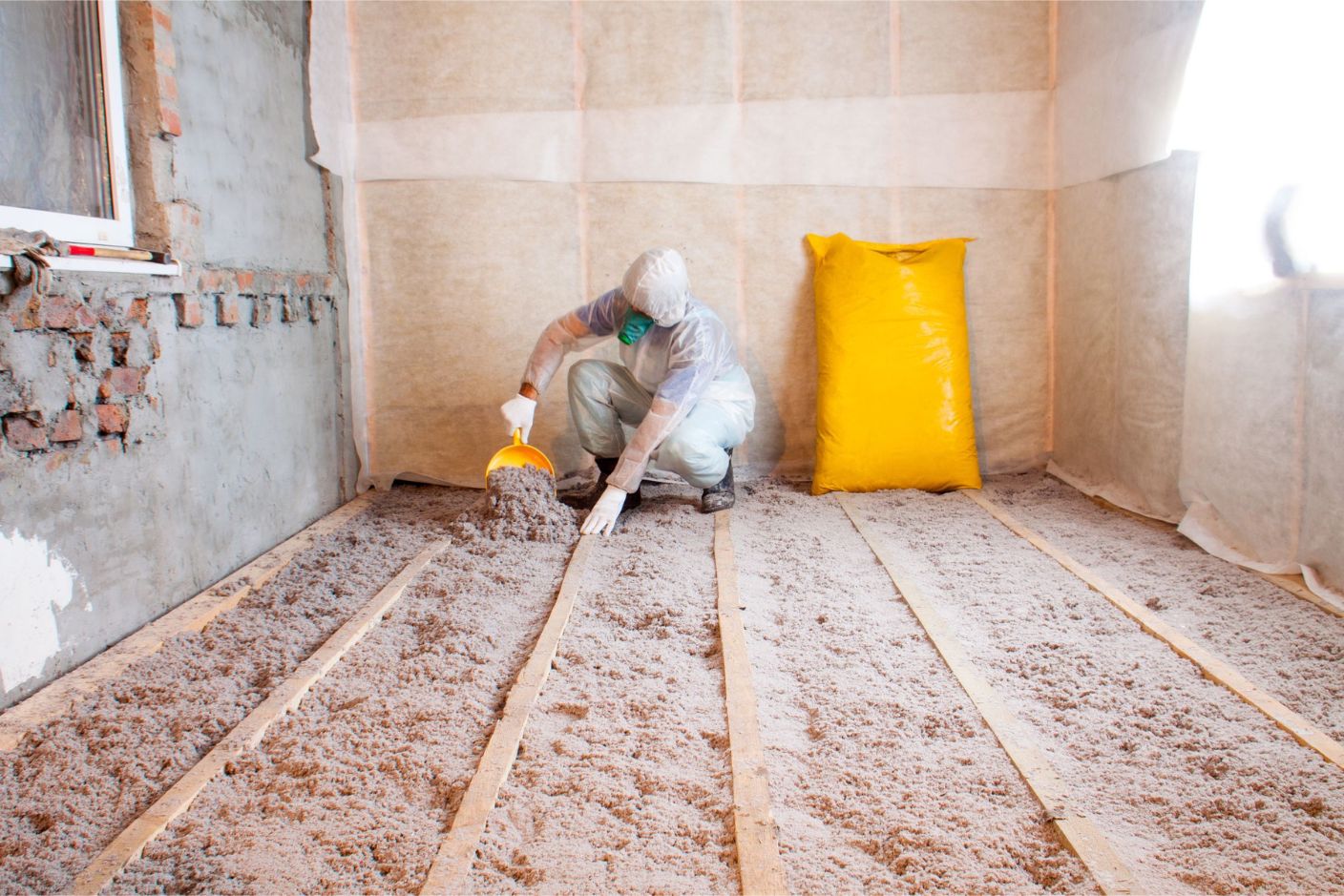
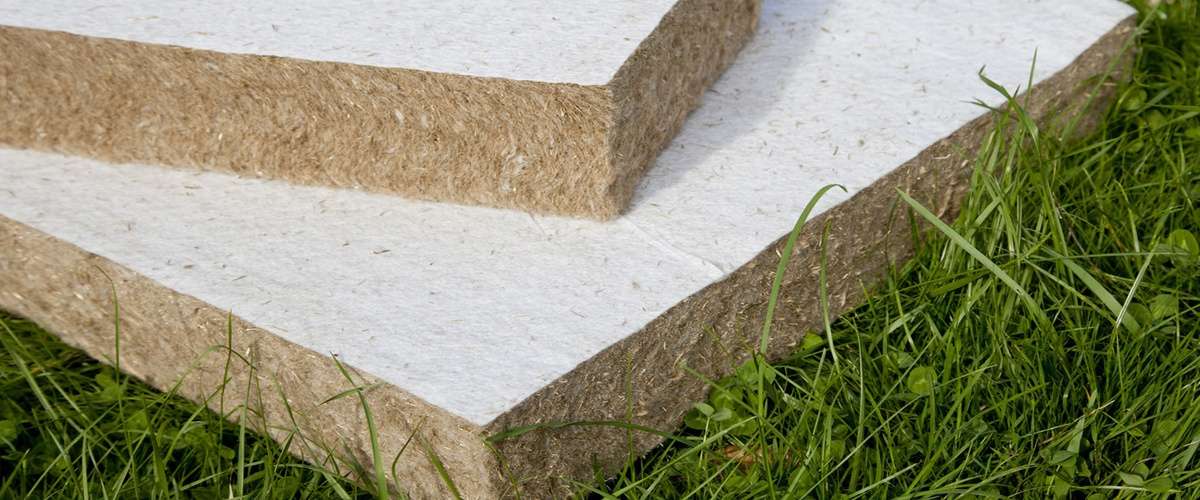
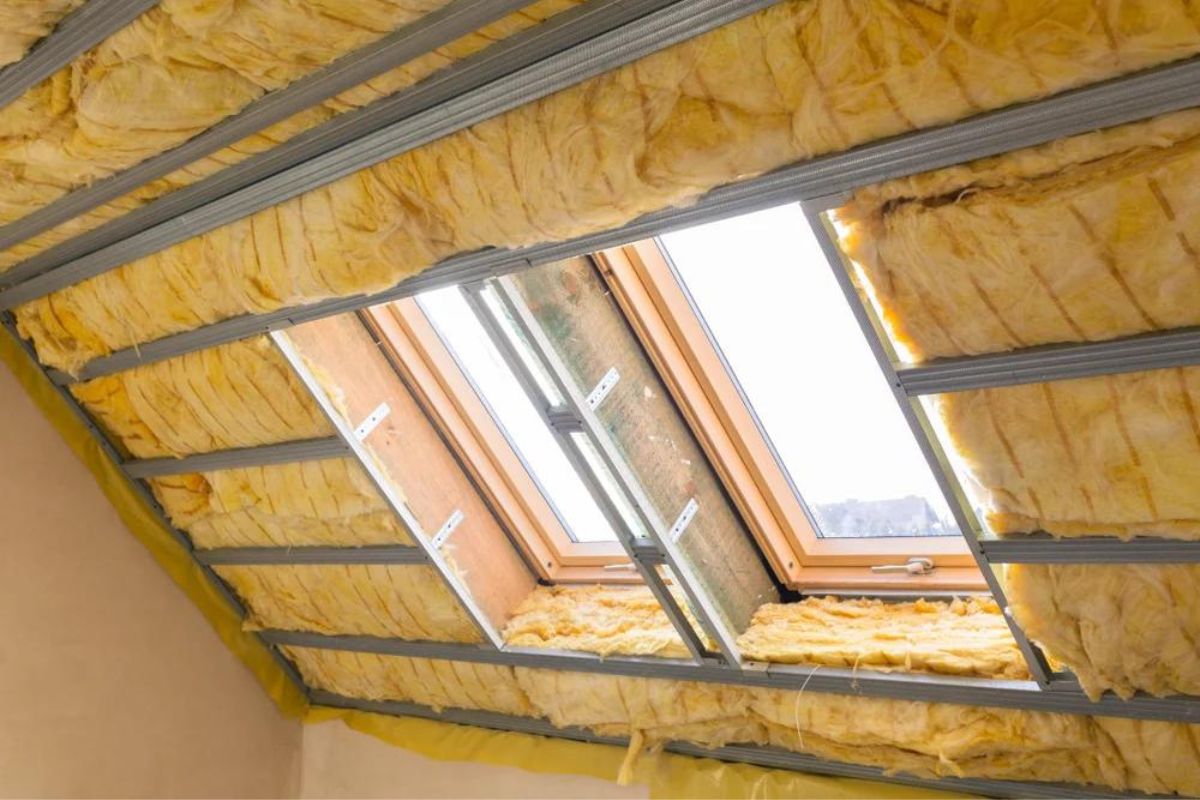
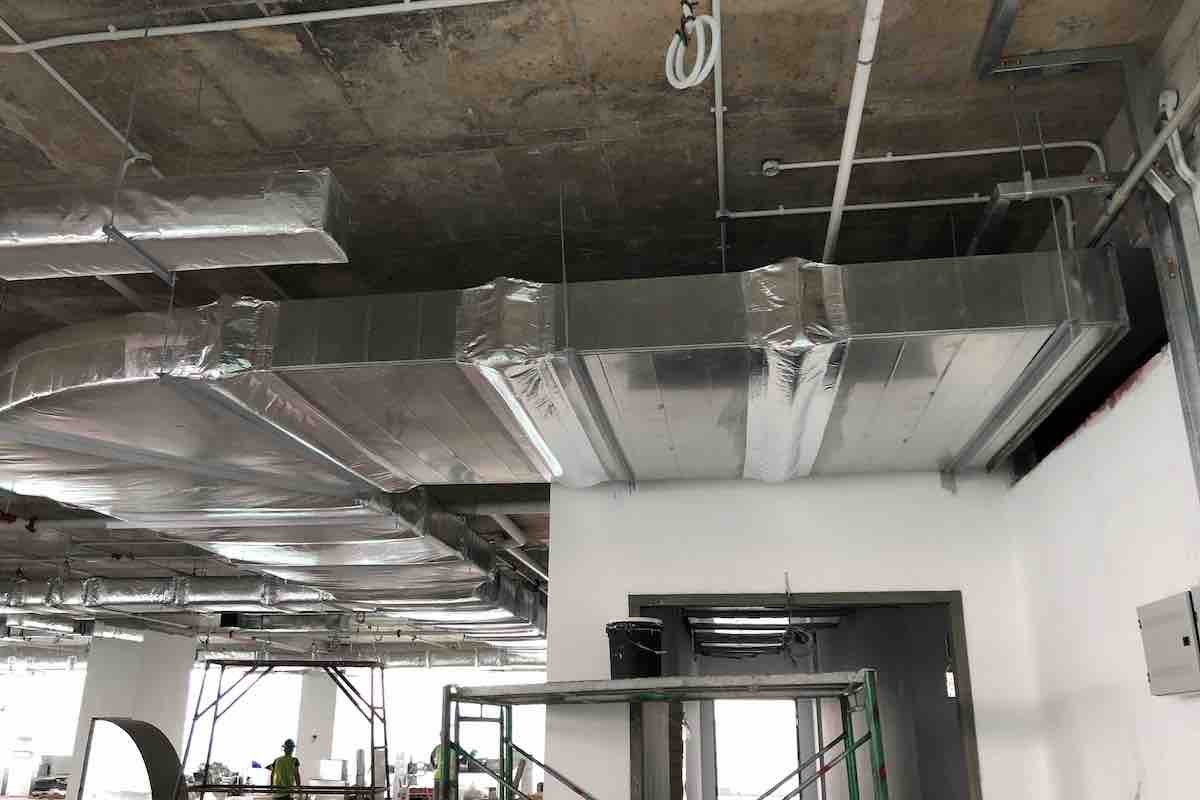
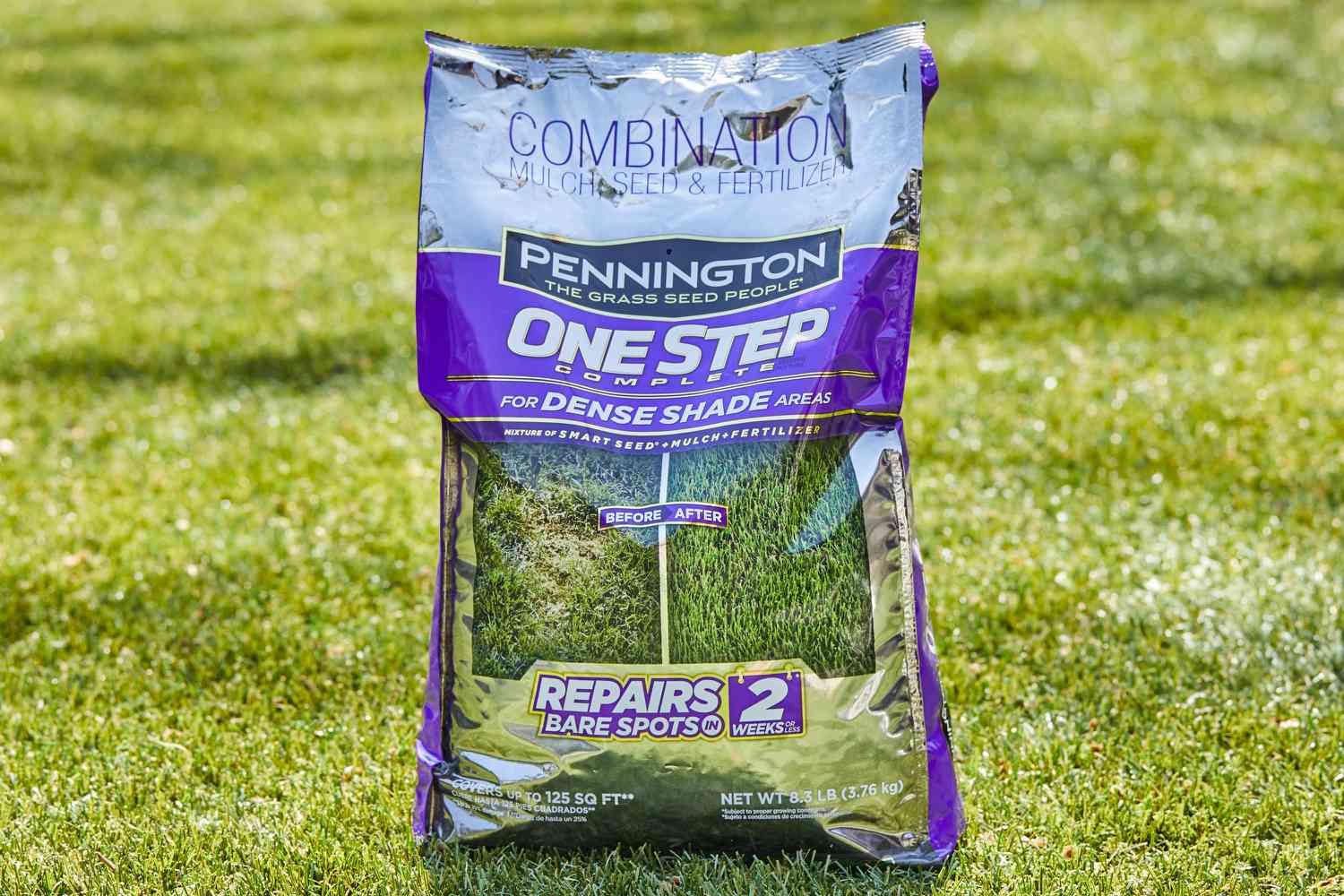
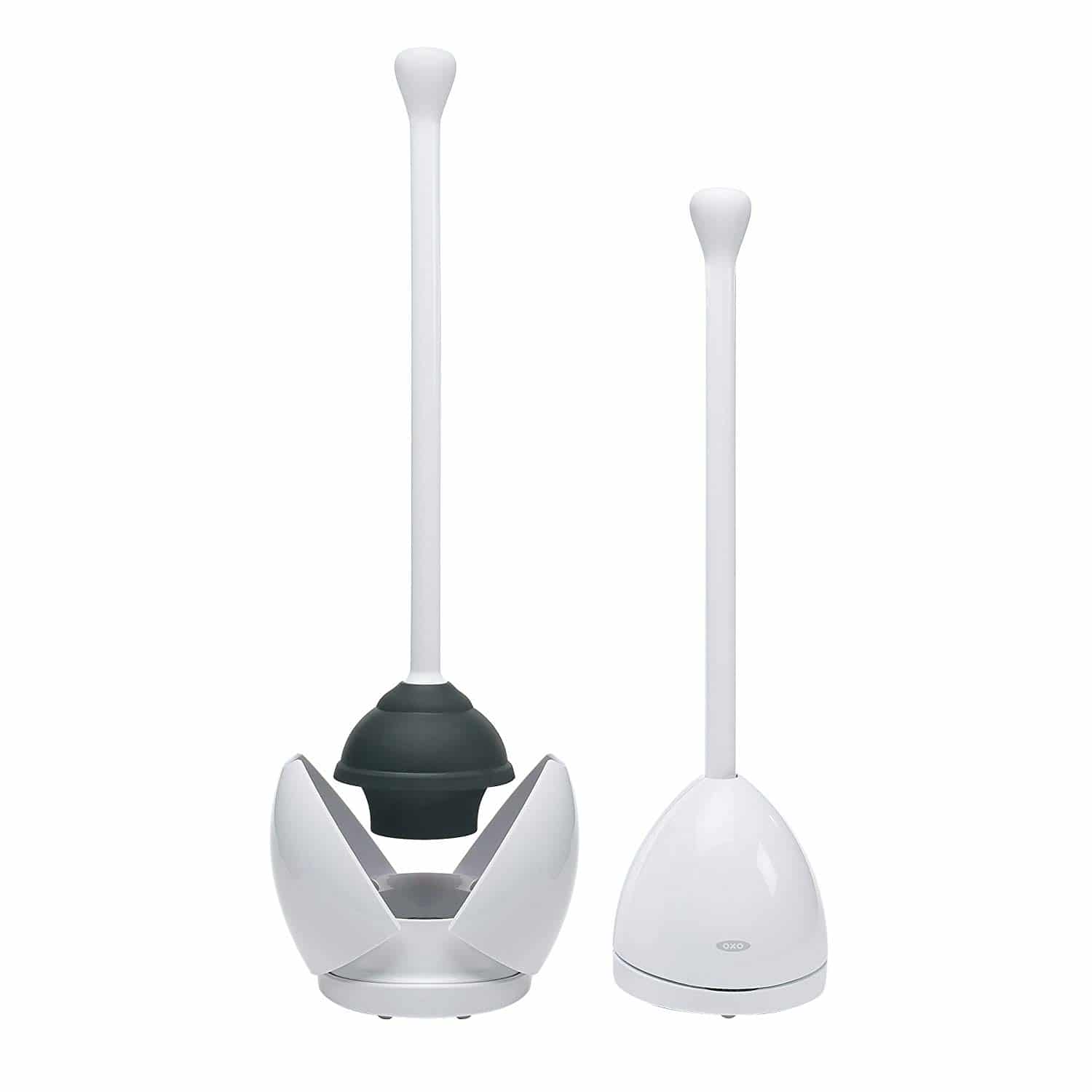
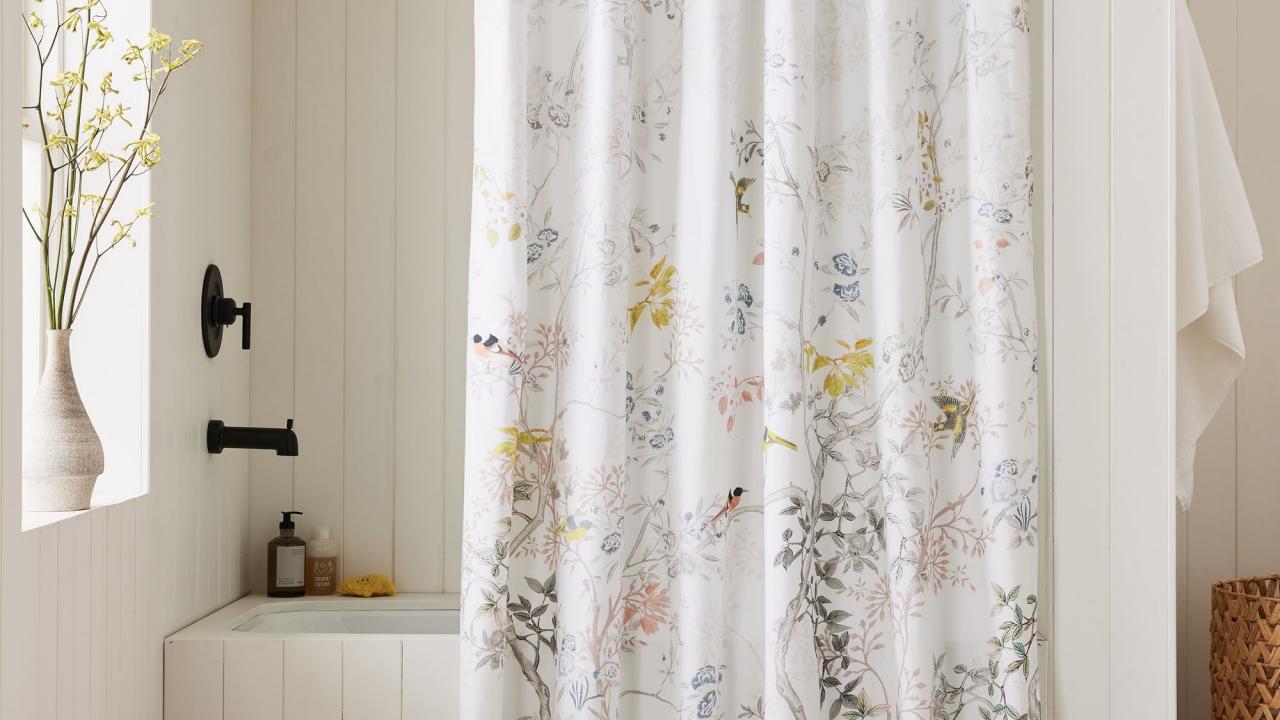
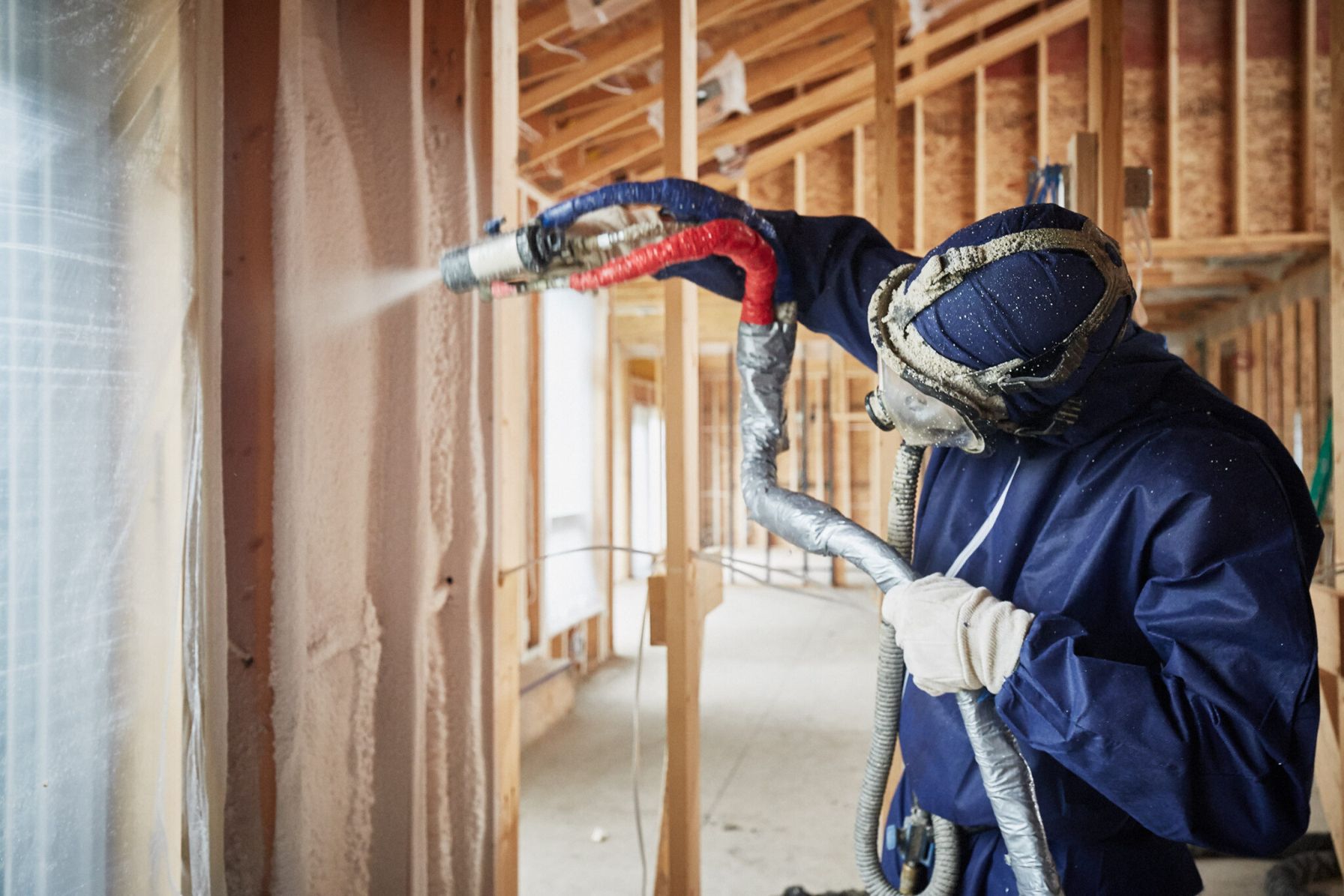
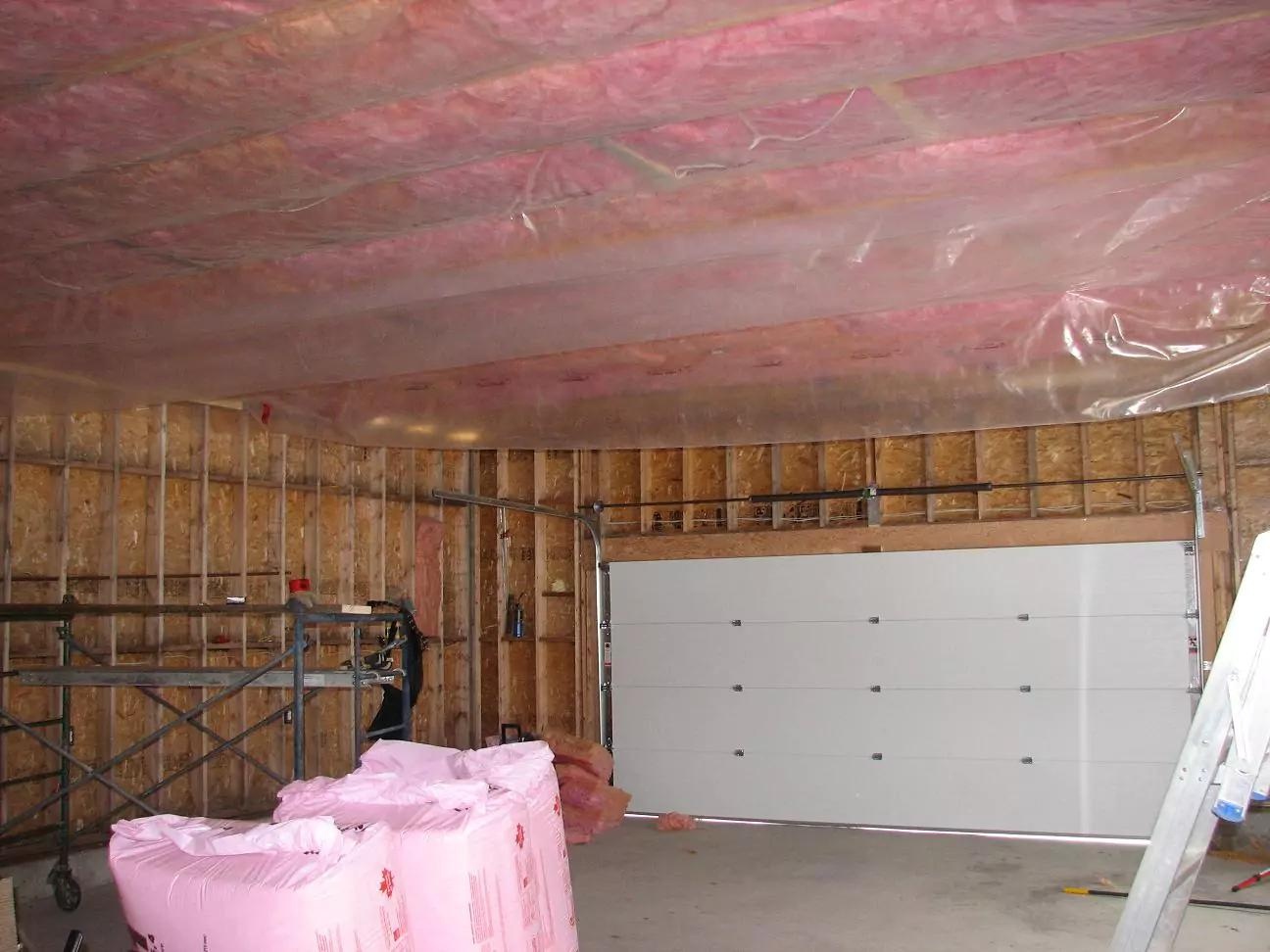
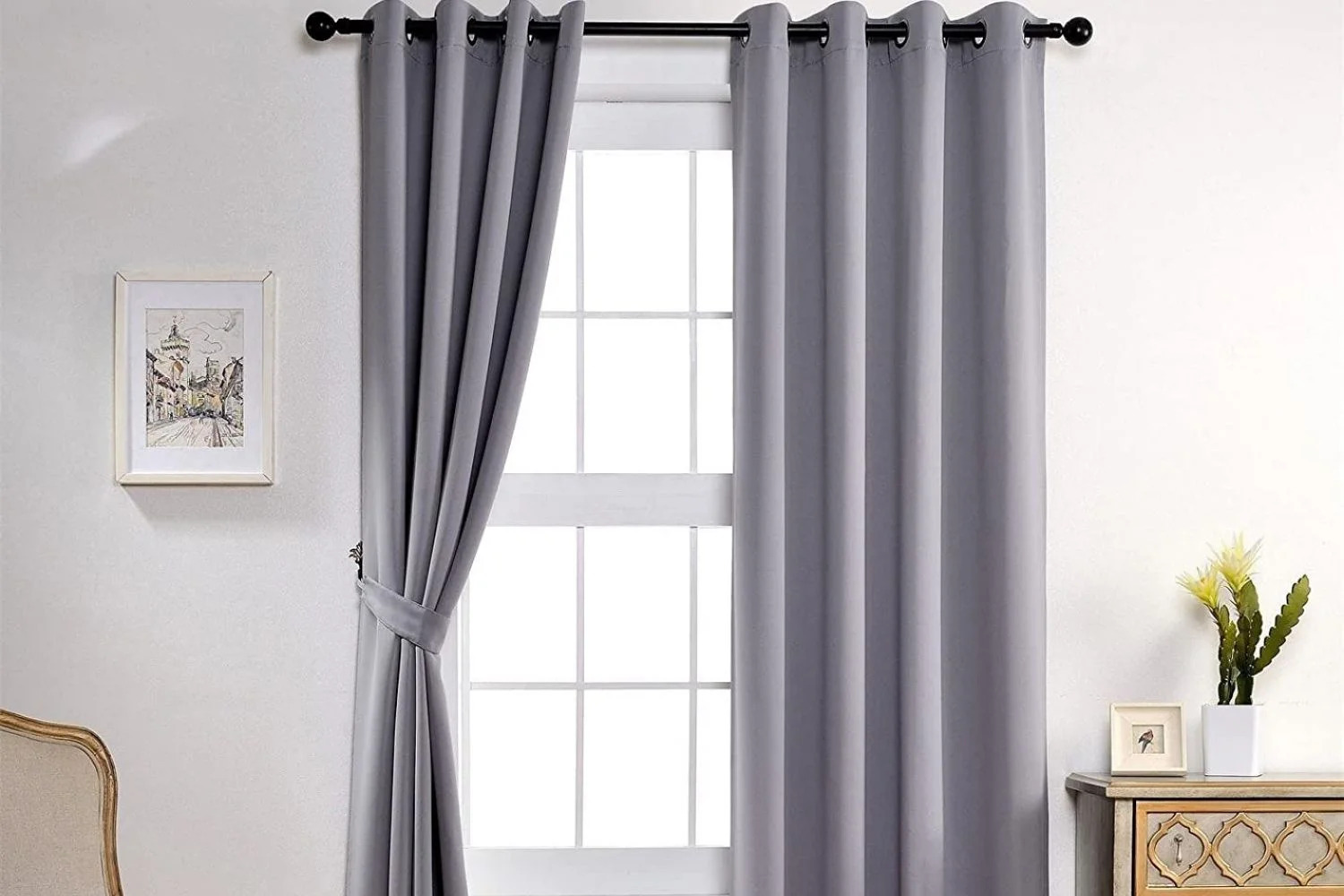
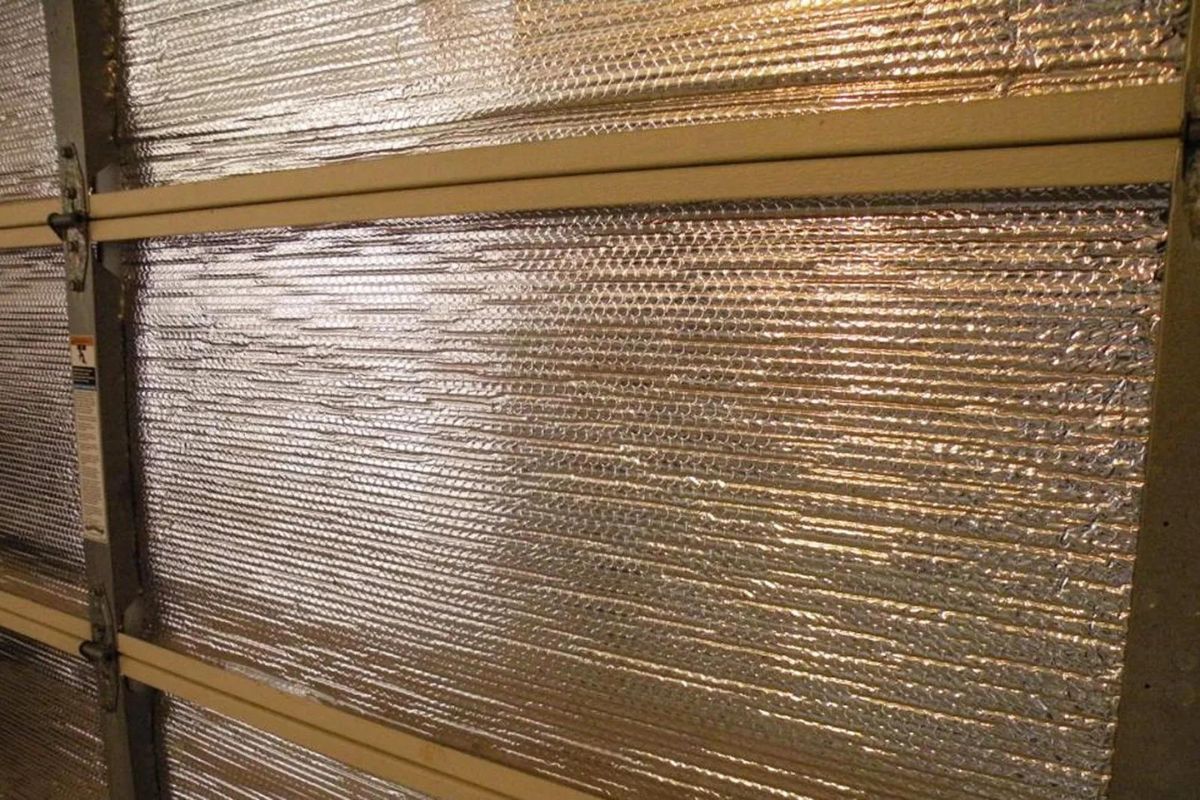

0 thoughts on “What Kind Of Insulation Is Best For Soundproofing”